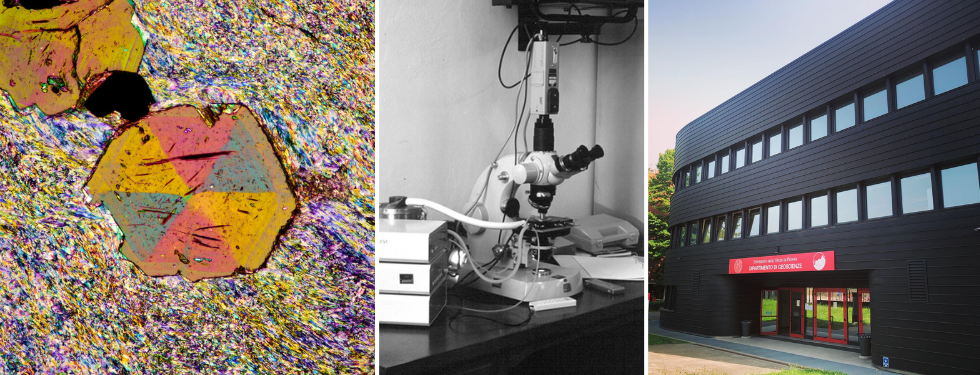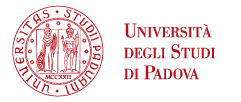Nano-focus on Metamorphic Garnet


Title: Nano-focus on Metamorphic Garnet (NanoMeGa)
Principal Investigator: Bernardo Cesare | Programme: PRIN 2022 DM 104/2022

Garnet is a common rock-forming mineral in the Earth's crust and upper mantle. In most metamorphic rocks, garnet is a solid solution defined by the end members pyrope, almandine, spessartine and grossular. Owing to its prevalence, durability, and compositional diversity as a function of pressure, temperature and chemical conditions, garnet is one of the most important petrogenetic indicators for a broad range of geological processes. Since ever, garnet is considered the archetypal cubic mineral, and such crystalsymmetry determines the well-known isometric habit and the optical isotropy of the mineral. However, recent study by the proponents showed that garnets from low-T metamorphic rocks display a subtle birefringence associated with sector zoning, as a consequence of a symmetry reduction from cubic to tetragonal. The occurrence of tetragonal garnets in both pelitic and mafic protoliths, all having compositions poor in pyrope and rich in grossular, without a hydrogarnet component, suggests that the axiom that garnet is cubic and isotropic needs to be reconsidered. The overarching aim of the NanoMeGa project is to gain a deeper petrologic, mineralogic and crystallographic understanding of the tetragonal symmetry observed in common garnets, in order to answer the following key questions: i) how frequent and systematic is the occurrence of a tetragonal symmetry in low-T metamorphic garnet? ii) Is it related with specific chemical ranges or P-T conditions during rock formation? iii) How is the structure of garnet effectively arranged at the nanoscale, and which are the causes of the symmetry decrease? iv) Is it related to a cation ordering in the crystal structure? In order to meet these objectives, we will interrogate an extensive selection of samples of worldwide provenance, including the iconic localities where metamorphic petrology was grounded (Barrow Zones, Scotland; Sambagawa Belt, Japan; Haast Schists, New Zealand). The study of this rich collection of samples will follow a multidisciplinary and innovative approach, based on the complementary expertise of the research group, whereby the analytical workflow will progressively zoom-in on the sample, employing polychromatic polarization microscopy, single-crystal XRD, SEM- EDS/WDS, FPA-FTIR, EBSD, TKD, HRTEM and cutting-edge electron diffraction methods on FIB-prepared lamellae. In addition, garnets will be synthesized by piston-cylinder experiments at controlled P-T regimes to investigate the behaviour of this mineral at metamorphic conditions. This project will re-evaluate one of the most accepted assumptions around a major mineral of our planet and at the same time will display how knowledge of materials evolves with the availability of novel and more advanced analytical techniques. The correct assessment of garnet symmetry has fundamental implications, not only for mineralogy and petrology, but also for material sciences and technology.





